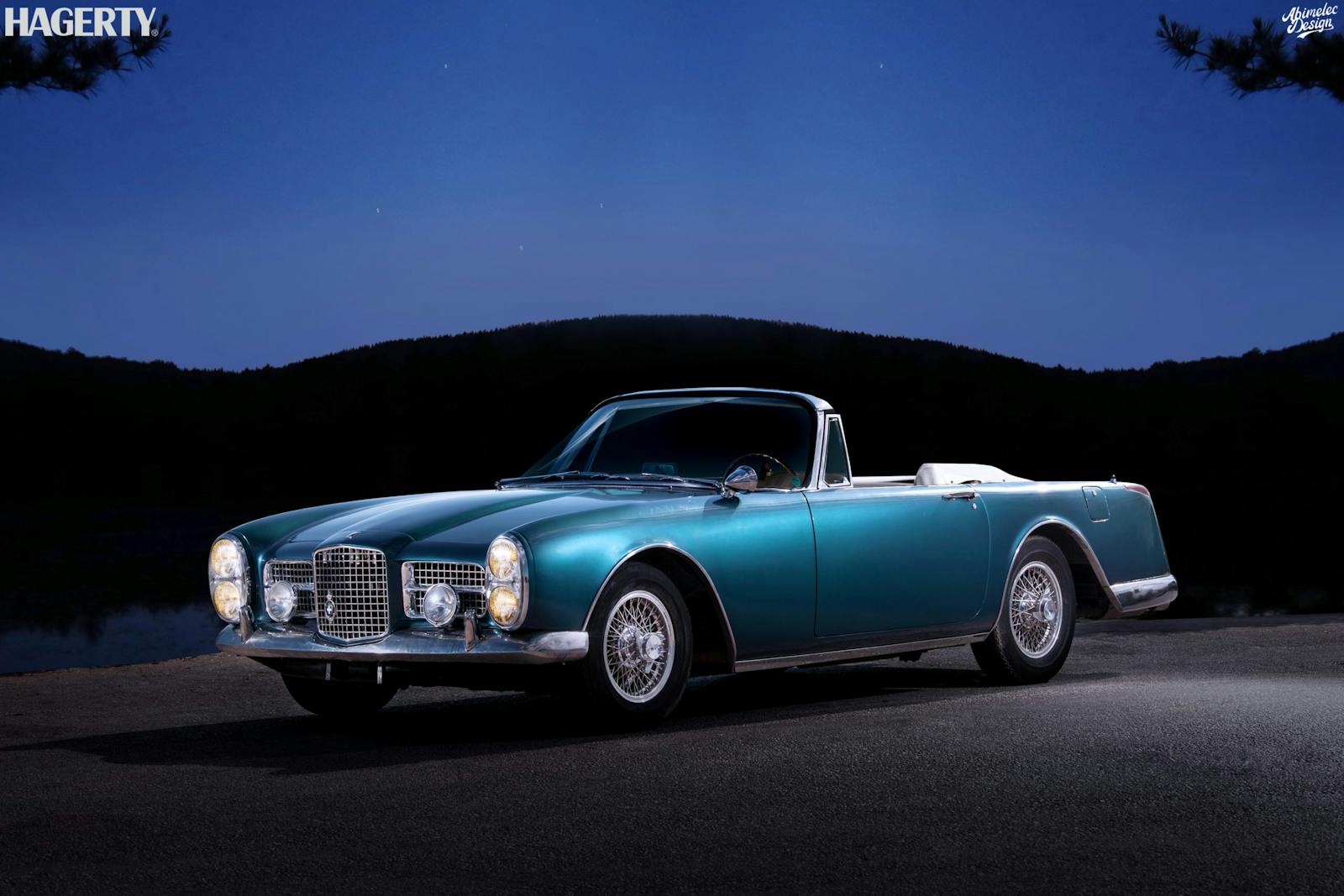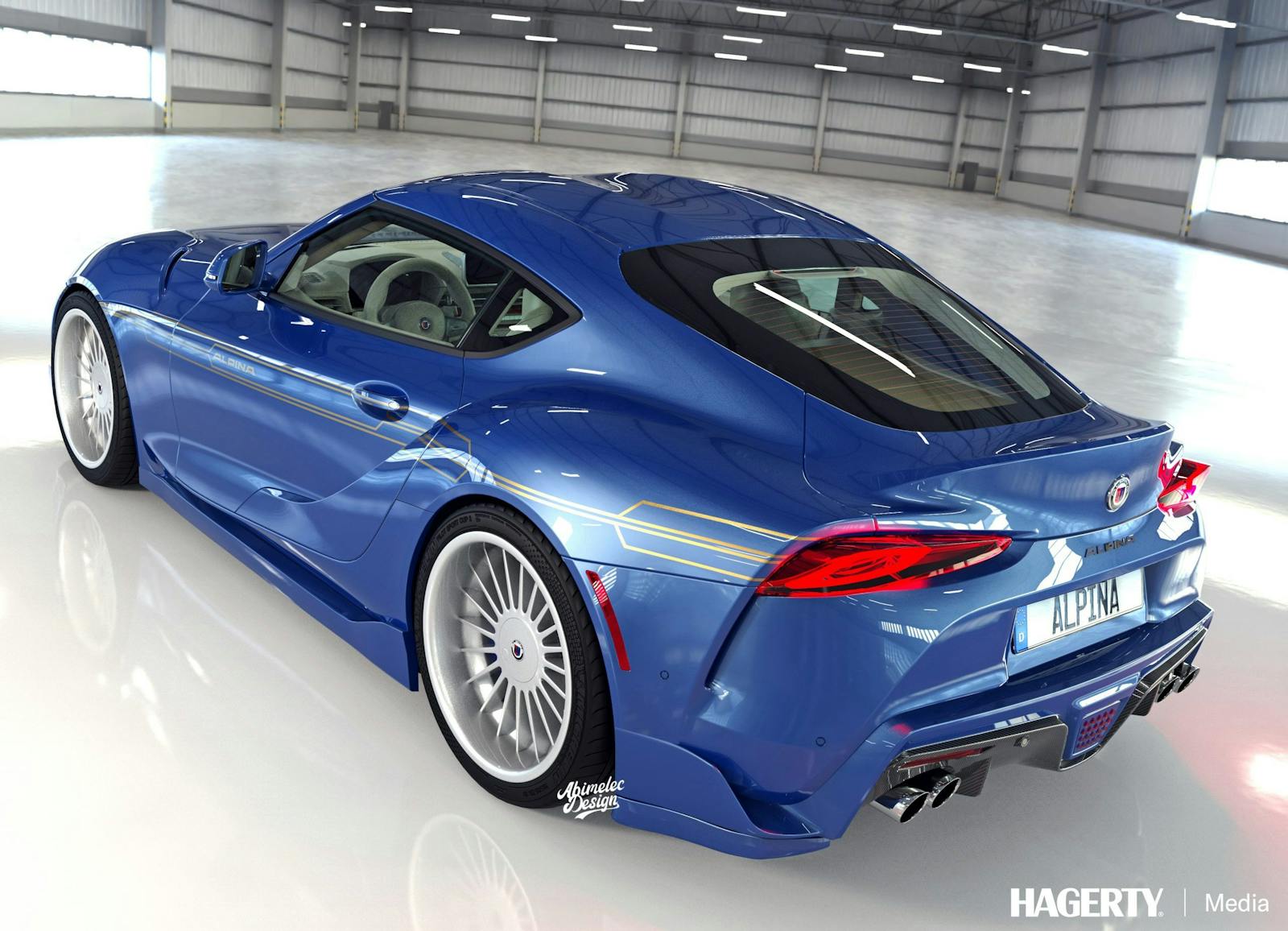What if? Moskvich Reborn
As many of us have heard by now, Renault is divesting its strategic assets in Russia. This includes the AvtoVAZ factory at Togliatti and all local assembly of current Renault models. So what’s the plan? To bring back the Moskvich brand, naturally. You may remember Moskvich as the storied Soviet auto manufacturer that started its days making Opel Kadett copies and ended with somewhat reverse-engineered Simcas in 2002. Under the layered yoke of Western sanctions, however, the exact shape of Moskvich and which models will be produced remains murky. Our sources in Europe have provided, uh, a “leaked internal memo,” which we have dutifully translated from its original Russian (unprintable profanity redacted). Please enjoy this bit of imaginative fun. -EW
“Everything will turn out right, the world is built on that.” — Mikhail Bulgakov (The Master and Margarita)
Subject:
To: Comrade Employee Email Listserv
CC: Ministry of Transportation, Rolling and Flying Division Postbox
BCC: Moskvich Plant Alumni Telegram Channel/Group Chat
As many of you may have already heard, either by the scrum chalkboard, or via our press channels, or from the bartender, the Moskvich brand will return to the market to assured great fanfare. After all, who doesn’t still lust after a Moskvich Ivan Kalita or Prince Vladimir? As the AvtoVAZ-Renault plant will be nationalized (and glorified), our team was given the task to update the currently-produced Renault/Dacia Duster, Arkana, and Kaptur to meet the new beauty, performance, and component availability standards of this bright future. Updates from the recently assembled Workers Council of Legal Compliance, Marketing, and Product Planning and forcibly integrated Workers Council of Purchasing and Re-Engineering are compiled below in a model-by-model overview. Associates who have not shown sufficient enthusiasm have been irrevocably reassigned to the Volunteer Corporate Grounds Maintenance Corps.

Formerly Dacia Duster, now Moskvich MZMA 2140001 “Young”
Report of the Workers Council of Legal Compliance, Marketing, and Product Planning:
The Duster is a hot seller on today’s crossover market! We cannot lose this momentum, even in the face of change. The information provided to us via the People’s Ministry of Questions and Graphs have shown that ties to Soviet history are key motivators for the 18-74 demographic. Therefore, the Duster should draw ties to the rugged history of the 4WD MZMA Moskvich 411, as well as usher a return to the modern Soviet vehicle nomenclature system to increase brand identity. The name Duster, too easily confused with modern, western Plymouth products, will therefore be replaced with the relatable Moskvich MZMA 2140001.
From this number, it is obvious to the buyer that this vehicle has a GVW of between 900–1049 kg with an engine displacement of 1.1-1.79 liters, and it is the first revision of the first Moskvich to be produced in this plant. To avoid confusion with the VAZ 2101 Zhiguli, a strong competitor on the used market, the 400 designation has been inserted in the middle as a “Throwback” to the first Moskvich product under the prior Soviet nomenclature system. To young car buyers who have made their last new purchase before 1982, this system will no doubt be recognizable. To cater to even younger buyers, there will be an identical version with the word “Young” at the end of the sure-to-be iconic MZMA 2140001 name.

Report of the Workers Council of Purchasing and Re-Engineering:
As the flagship of the Dacia brand has been in production for some time, the Duster body stampings are fully available domestically, one way or another. With help of high availability of replacement crash panels in the aftermarket, our procurement team is scraping the bottom of every barrel to ensure that nearly every Duster looks almost exactly alike!
Powertrain sourcing provided some challenges but nothing that the newly combined team could not solve.
As the integration of the front-wheel-drive Lada Granta 8V four-cylinder will take some time due to mounting constraints and adaptation of Megasquirt EFI, the team has located a stockpile of UZAM-412 motors following the cease of production of the Moskvich Aleko in 2003. How lucky we were to find such recent motors! Following degreasing (and unseizing), they can be immediately employed. Unfortunately, there were no front-wheel-drive gearboxes remaining, so the first 1500 vehicles will use a four-speed floor shift manual gearbox and lead-sprung rear axle from remaining Izh-412 production. Fuel injection and front-wheel-drive will be added in the 42nd calendar week of 2024.

In order to hit the weight target for the third class of the model designation “2” proposed by marketing, all unnecessary mass has been removed and towing or carrying more than two people has been expressly prohibited. The removal of all air bags, rear seats, electronic driver aids, infotainment, and safety systems has not only hit weight targets but solved tricky supply chain issues. Following the planned capture of Lada Vesta designer and Englishman Steve Mattin, we plan a light restyle on Wednesday of the 13th calendar week of 2029.
Formerly Renault Arkana, now Moskvich KAMAZ JAC 3140002

Report of the Workers Council of Legal Compliance, Marketing, and Product Planning:
The Arkana appeals to upmarket tastes of buyers that would also consider the Mercedes GLE Coupe or BMW X6, if they had the money and connections to procure them. The high seating position, all-wheel drive, and imposing yet sporting stature for a market leading price are the deciding factors for the Arkana 3140002 buyer. Model nomenclature includes a “3” large-car designation for maximum clout. What’s more: Due to the twin engine and ten-speed gearbox arrangement of the 4WD variant, it will be legally and socially recognized as two Moskvich KAMAZ JAC 3140002 vehicles.
Report of the Workers Council of Purchasing and Re-Engineering:
As the Arkana has only been in production two years, existing powertrain and body stocks are projected to last approximately three months. As the existing stocks of the Renault TCe 150 powerplants dry up, production will transition completely to the local Lada 1.6 16V motor and 5-speed gearbox which is already offered in front- and all-wheel-drive variants. The internationally sourced all-wheel-drive gearbox and rear differential will soon be replaced by a second, independently controlled, Lada 1.6 motor and automated five-speed gearbox situated behind the rear seats. Final drive ratio for the rear-mounted semi-automatic transaxle has been changed from a 3.7:1 to 4.31:1 to avoid concurrent shift points between front and rear wheels. Due to the high amount of imported plastic paneling, marketing objectives for a high-seated and spacious interior were met via the cooperation with KAMAZ and Chinese car and truck manufacturer JAC, who will jointly supply the X200 cabover truck and bus bodies to mount atop the bare Arkana unibody.
Formerly Renault Kaptur, now Moskvich 2140003 Kaptur

Report of the Workers Council of Legal Compliance, Marketing, and Product Planning:
We have been informed by the People’s Ministry of Used Batteries, Ministry of Questions & Graphs, and Ministry of Digging Things Out of The Ground that a locally developed electric car would improve several metrics relevant to each Ministry. After much discussion, it was decided to keep the Western name as we have already printed the “Fall in love with your Kaptur” dealership posters. The Kaptur platform was chosen as electric only purely due to market research and had absolutely nothing to do to a mutiny of the Lada powertrain integration team. Those caught engaging in the proliferation of this patently untrue rumor will join the Volunteer Corporate Grounds Maintenance Corps. And if you don’t believe us, you can just ask a certain special not-to-be-named former powertrain integration team how the MOSKVICH liriope installation at the plant entrance is going.
Report of the Workers Council of Purchasing and Re-Engineering:
Since no powertrain exists anyway, we had the luxury of starting from a blank sheet of paper. This was especially convenient as we also have no battery or control technology. Therefore, we have invented and patented used battery “hot swap” recycling system that extracts the last usable power from any lead-acid batteries you may have around the house, scrap yard, or enterprising rest area resale pop-up. The floor of the vehicle (whose stamping wasn’t available anyway), was replaced with a large plastic battery tray with spring-loaded slots to accommodate from AAA to D, as well as several 12V automotive battery groups. Once depleted, the battery casings are mechanically separated into their respective components of zinc, manganese, potassium, and lead. Steel and lead deposits are melted into ingots while the remaining matter is compressed into small fertilizer briquets, which are dispensed from the rear of the car. Ingots and fertilizer nuggets can be exchanged for fuel vouchers at participating Rosneft stations, practically offsetting operating costs of the 345-horsepower combination emergency drive unit and ultra-high-temperature smelter of Chinese origin. The remaining non-gardening members of the Department of Purchasing and Re-Engineering are confident that this approach satisfies all key requirements set forth by the Workers Department of Legal Compliance, Marketing, and Product Planning. As a secondary measure, we have drafted plans for a very elegant double-scale Moskvich Aleko hedge installation, which we all agree would complement the liriope quite nicely.
Notice: This marks the end of the internal memorandum. Unauthorized duplication expressly prohibited. In the case of accidental distribution, it is compulsory under enforcement code 2001.12.23.c.476 to return the email to sender. Have a blessed day.

